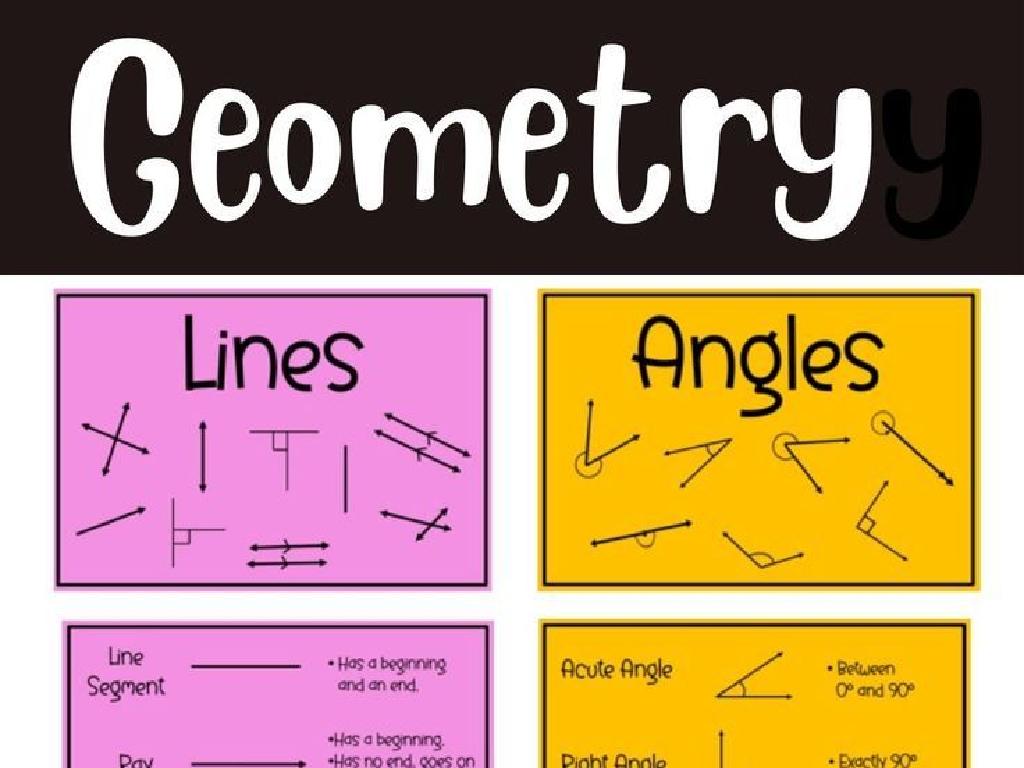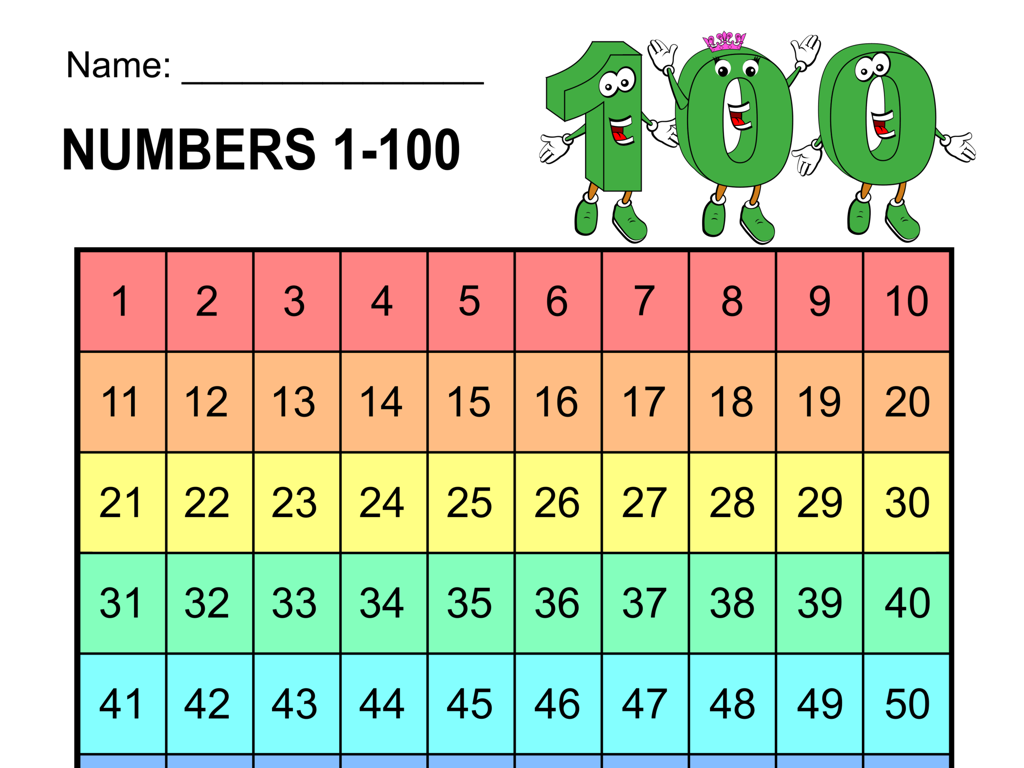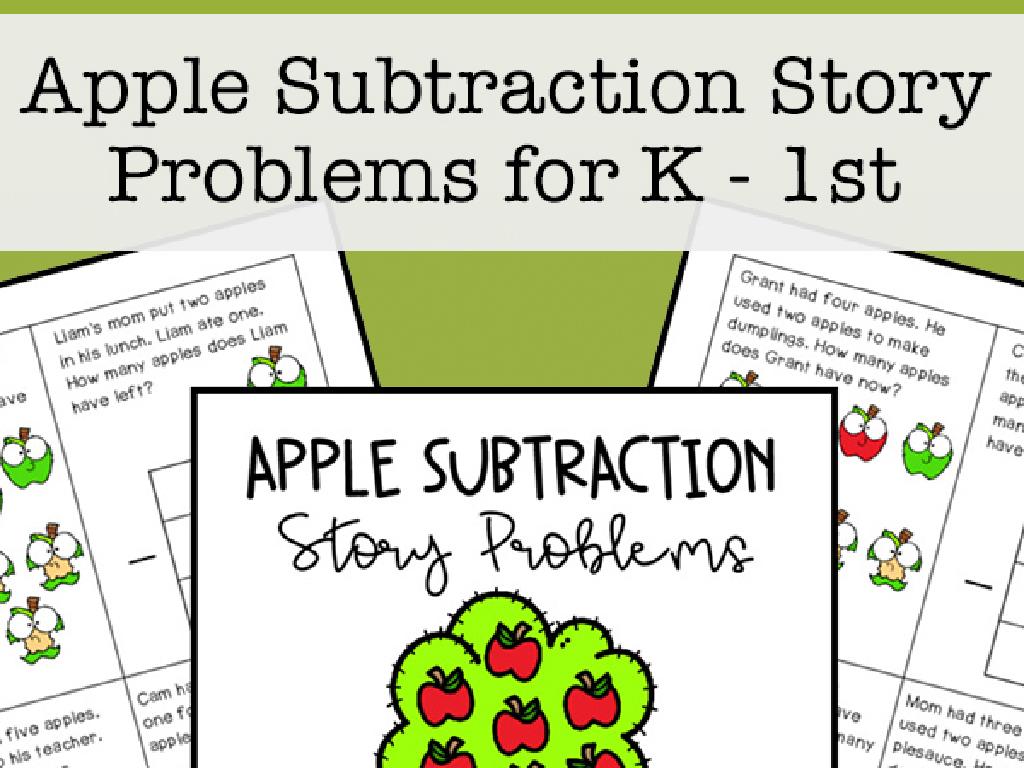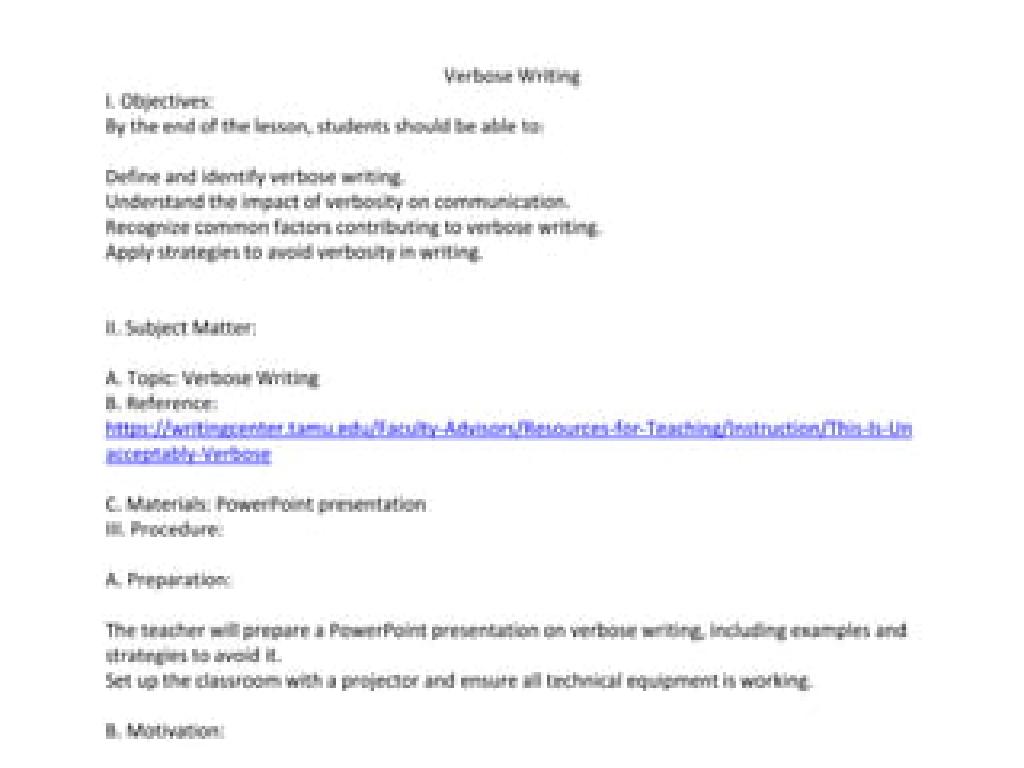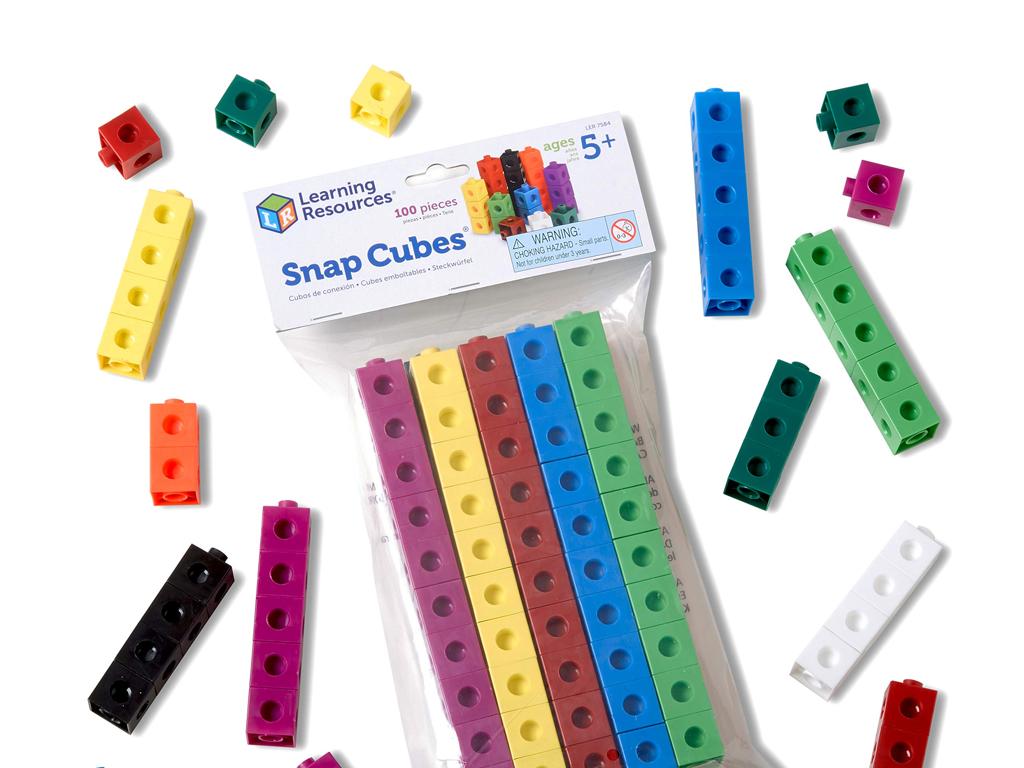Addition Sentences Up To 5 - Which Model Matches?
Subject: Math
Grade: Pre-k
Topic: Addition Up To 5
Summary: Introduce young learners to basic addition with this fun and hands-on Pre-K math lesson focused on combining numbers up to 5. Students will learn to create and match simple addition sentences using objects like apples, balloons, and blocks. Engaging games and class activities reinforce counting skills while teaching how to use the plus sign and find totals. With visuals and interactive exercises, this lesson makes early math concepts clear, relatable, and enjoyable.
Please LOG IN to download the presentation. Access is available to registered users only.
View More Content
Welcome to Addition!
– Greet our little learners
– Today’s focus: Adding up to 5
– Addition means putting together
– If you have 2 apples and get 3 more, addition tells us how many apples now.
– Let’s find totals together
– We’ll use objects to see addition in action.
|
This slide is designed to introduce Pre-K students to the concept of addition in a simple and engaging way. Start with a warm greeting to make the children feel comfortable. Explain that addition is the process of combining two or more numbers to find out how many items there are altogether. Use relatable examples, such as combining groups of toys or snacks, to illustrate the concept. Encourage the children to participate by using their fingers or classroom objects to practice adding numbers up to 5. The goal is to help them understand addition as a fun activity of combining things together and finding out how many they have now.
Learning to Add: Joining Groups Together
– What is addition?
– Addition is joining groups to find out how many in all.
– The plus sign (+)
– We use + to show when we put groups together.
– Examples of addition
– Like 2 apples + 3 apples makes 5 apples!
– Practice time!
|
This slide introduces the concept of addition to Pre-K students. Start by explaining addition as the process of bringing two or more groups together to find out the total amount. Show the plus sign (+) and explain that it’s used to indicate addition. Use tangible examples with objects like apples or blocks to illustrate addition in a way that’s relatable to the students. For instance, hold up 2 apples, then add 3 more, and count them all together. End the slide with an invitation for the students to practice adding with examples you’ve provided. Encourage them to use their fingers or classroom objects to make learning interactive and fun.
Matching Models to Sentences
– Understanding addition sentences
– An addition sentence includes numbers and a plus sign.
– Using objects to show addition
– Use toys or fingers to represent numbers in addition.
– Matching objects with sentences
– Find the correct addition sentence for the given objects.
– Practice with examples
– Example: 2 teddy bears + 3 toy cars = ?
|
This slide is aimed at helping Pre-K students understand the concept of addition by using tangible objects like toys or fingers. Start by explaining what an addition sentence is, emphasizing the numbers and the plus sign. Demonstrate with actual objects to show how they can be used to represent addition problems. Engage the students in an interactive activity where they match sets of objects to the correct addition sentence on the board. For example, if you have 2 teddy bears and add 3 toy cars, what is the total? Encourage the students to count aloud and use their fingers if needed. This hands-on approach helps solidify the concept of addition in a fun and relatable way.
Adding Apples Together!
– Start with 1 apple
– Add 2 more apples
– How many now?
– Use fingers or objects to count
– Let’s count all apples!
– Counting together reinforces addition
|
This slide is designed to introduce Pre-K students to the concept of addition in an interactive and tangible way. By using apples as a visual and relatable example, children can easily grasp the idea of ‘adding’ as putting things together. Encourage the students to visualize one apple, then add two more, and finally count all the apples they have in total. This can be done with actual apples, apple cutouts, or even illustrations on the board. Make sure to count slowly with the students, pointing to each apple as you go, to help them understand that each step in the counting represents one apple. This exercise not only teaches basic addition but also helps with number recognition and counting skills.
Adding Balloons: Let’s Count Together!
– Start with 3 balloons
– Add 1 more balloon
– Count all the balloons
– How many are there now?
– Find the total number
– 3 balloons plus 1 more makes 4 balloons!
|
This slide is designed to introduce Pre-K students to the concept of addition using a relatable and visual example of balloons. Start by showing them 3 balloons, then add one more to the group. Encourage the students to count all the balloons aloud together to reinforce the concept of counting on. After counting, help them conclude that 3 balloons plus 1 more balloon equals 4 balloons in total. Use real balloons or a visual aid to make the activity engaging. This hands-on approach helps young learners grasp the basic idea of addition by visualizing the concept and participating in the counting process.
Your Turn to Match!
– Match objects to addition sentences
– Observe the objects carefully
– Count the objects one by one
– Choose the correct addition sentence
– Find the sentence that adds up to the total
– Share your answer with the class
|
This slide is an interactive class activity designed to help Pre-K students practice matching visual representations of objects to the correct addition sentence. Display various groups of objects, up to five, and ask the students to count them. Then, present several addition sentences and have the students select the one that matches the total number of objects they counted. Encourage the children to explain their thought process as they make their selections. This activity will reinforce their understanding of basic addition and the concept of combining groups of items. Possible activities include using physical objects like blocks or toys, drawing on the board, or interactive digital tools that allow students to drag and drop items into groups.
Class Activity: Addition with Blocks
– Practice adding using blocks
– Create your own addition sentence
– Pick colorful blocks and stack them to add up
– Count together as a class
– We’ll count the blocks in each stack together
– Does the model match the sentence?
– Check if the total number of blocks equals your sentence
|
This interactive class activity is designed to help Pre-K students understand the concept of addition by using tangible blocks. Each student will have the opportunity to engage with the material by choosing blocks and forming an addition sentence. For example, a student might pick 2 red blocks and 3 blue blocks and create the sentence ‘2 + 3’. As a class, count the total number of blocks to confirm if it matches the addition sentence. This hands-on approach reinforces the concept of addition and number recognition. Prepare different sets of blocks for each student and ensure that there are enough blocks for all possible combinations up to 5. Encourage students to explore different sums and assist them in forming correct addition sentences. This activity not only teaches addition but also promotes fine motor skills and cooperative learning.
Great Work on Addition!
– Celebrating our addition skills
– Making addition sentences with objects
– We used items like blocks and fingers to add up to 5
– Addition combines things together
– Like 2 apples plus 3 apples makes 5 apples
– Practice makes perfect
– Keep practicing with toys and snacks at home
|
This slide is meant to congratulate the Pre-K class on their hard work learning addition up to 5. Reinforce the concept that addition is a way of finding out the total number of items by combining two groups. Encourage them to continue practicing with everyday objects, making it a fun activity. Remind them that math is a part of daily life and can be enjoyable. For the next class, consider preparing simple addition problems using familiar items to further solidify their understanding.

